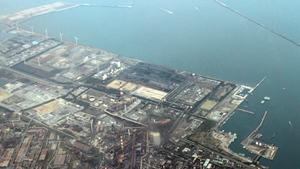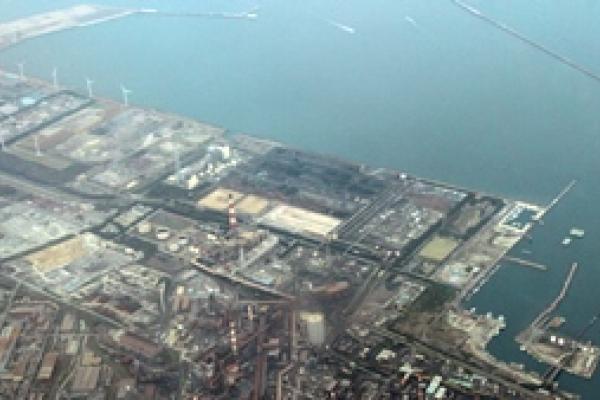
Steamship Mutual
Published: June 14, 2017

On 10 May 2017 the Supreme Court definitively confirmed the approach to safe port warranties in this long-standing case dating back to October 2006.
Unsafe Port
The main focus of the claim, that the port of Kashima is unsafe, divided judicial opinion where it was upheld at first instance but overturned by the Court of Appeal. To recap, the court was asked to consider two factors which ultimately led to the total loss of the vessel: swell generated from long waves and severe northerly gale force winds. This unfortunate combination of events meant that the vessel was at risk of damage while remaining alongside but equally it was unsafe to navigate out of the port. At first instance the judge held that the port was unsafe as the long waves and gale force winds were characteristics of the port and thus foreseeable [A Reasonably Safe Port?].
The Court of Appeal disagreed and reversed the decision, having held that the combination of events was extremely rare (known only to have happened this once). This was supported by unchallenged evidence given on the exceptional nature of the storm in terms of its rapid development, duration and severity. Those events could not therefore be considered characteristic of the port and must be construed as an abnormal occurrence. https://www.steamshipmutual.com/publications/articles/the-ocean-victory-court-of-appeal-decision-unsafe-port-or-abnormal-occurrence
The Supreme Court unanimously agreed with the Court of Appeal’s assessment and concluded that Kashima is not an unsafe port within the meaning of the safe port warranty so that the charterers were not in breach of it. The conditions at the port amounted to an abnormal occurrence as that expression is understood in the authorities cited. In doing so the Supreme Court reaffirmed the classic test as set down in The Eastern City when assessing whether a safe port warranty has been breached.
Joint Insurance Provisions
In addition to the safe port warranty, the Supreme Court was asked to consider whether or not the demise charterer had a right to claim at all. Having alleged they were liable to the registered owners and entitled to recover from time charterers for breach of the safe port warranty, the bareboat charterers (via subrogated insurers) were successful at first instance. However, the Court of Appeal disagreed and considered that the parties agreed the demise charterers’ loss would be funded by marine and war risks insurance in favour of both the demise charterer and registered owners. Any claims between those parties would consequently be discharged, and would extinguish any recovery against a liable third party – in this case the time charterer. The Supreme Court upheld the decision by a majority of 3:2 but there remains uncertainty as to how this might affect insurers pursuing subrogated claims against third parties in a wider insurance context.
Limitation
Finally, the Supreme Court was asked to consider whether if time charterers had been liable to the demise charterers, they would be entitled to limit their liability in respect of the loss of the vessel. This issue was not considered by the Court of Appeal as (1) it was bound by The CMA Djakarta which established that a charterers’ ability to limit depends on the type of claim, not the capacity in which it was acting at the time and (2) no breach was found in respect of charterers’ safe port warranty. However, the issue was considered to be sufficiently important for the Supreme Court to be asked to revisit.
Ultimately, the Supreme Court agreed with the approach taken in The CMA Djakarta which held that the vessel cannot be both the victim and the perpetrator and that the “property” envisaged in article 2(1)(a) of the 1976 Limitation Convention must be the property of a third party either on board the vessel (e.g. cargo) or external to the vessel. If there were a breach of the safe port warranty in this case, the charterers would not therefore be entitled to limit their liability under the Convention in accordance with the limitation fund calculated by reference to the vessel.
Article by Emily McCulloch


